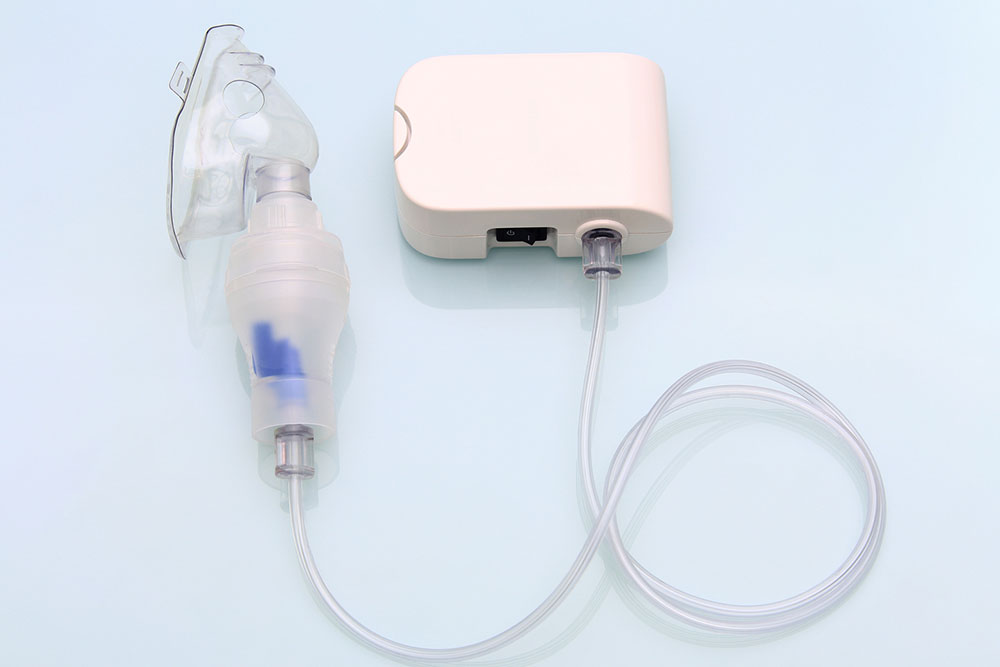Learn about these 3 types of hearing loss

Hearing loss, deafness, or impairment is the partial or total inability to hear sounds. People with low to moderate hearing impairment face challenges in understanding what the other person is saying in a noisy environment. Whereas, people with severe deafness cannot hear anything, and rely completely on lip-reading and sign language skills. There are three main types of hearing loss: sensorineural, conductive, and a combination of both. Let’s understand these types in detail and learn about the causes, symptoms, and treatments of each type.
Sensorineural hearing loss
It’s the most common type of hearing loss. Sensorineural is permanent hearing loss often caused by damage to the tiny hair cells that line the inner ear or the auditory nerve. The damage stops or weakens the transfers of nerve signals to the brain. These signals are essentially the intensity and clarity of sounds.
- Causes: Aging and exposure to loud noises for a long period of time are the most common cause of the damage. Certain medications and illnesses can also increase risks. It can even be genetic, and pass on to the child in the mother’s womb.
- Treatment: There is no medical or surgical treatment available to repair the tiny hair cells once they’re damaged. However, depending on the severity of hearing loss, the audiologist may recommend the individual to use hearing aids or cochlear implants.
Conductive hearing loss
It’s a less common type of hearing loss that can be either temporary or permanent, depending on the cause. The hearing loss occurs as a result of an obstruction or damage to the middle or outer ear. The damage does not allow the sound signals to reach the inner ear.
- Causes: Its causes can vary depending on which part of the ear is affected, outer or middle ear. Damages to the outer ear include narrowing of the ear canal, earwax impaction, bone-like protrusions inside the ear canal, otitis externa, blockage caused by foreign objects inserted into the ear, and microtia. Damages to the middle ear include eardrum perforation, thickening of the tympanic membrane, fluid buildup in the middle ear, obstructions in the eustachian tube, abnormal growths or tumors in the middle ear, and malfunction of the ossicles.
- Treatment: Hearing loss caused by earwax impaction, foreign objects insertion, or ear infection can be treated with medical treatment like extraction of earwax, or surgical procedures. Hearing impairment resulting from abnormalities like exostoses, otosclerosis, and ossicular, may be difficult to treat but can be managed with hearing aids.
Mixed hearing loss
As the name suggests, it is a combination of conductive and sensorineural hearing loss.
- Causes: Mixed hearing loss often occurs if the ear is damaged because of an accident. It may also happen when one type of hearing loss is followed by another. For instance, an individual with conductive hearing loss is likely to experience sensorineural hearing loss as they get older, or an individual with sensorineural hearing loss may go through temporary hearing earwax impaction.
- Treatment: Treatment differs depending on which type of loss is more, sensorineural or conductive. Surgical procedures and other medical treatments can be effective if conductive hearing loss is more. If the loss is sensorineural, the best option is to go for hearing aids or implantable devices.

